Patterdale Dog Breeds: The Ultimate Loyal Companion
If you’ve ever seen a small dog with brimming energy and endless eagerness. The Patterdale Terrier could be exactly what you’re searching for. Known for its boundless energy and no-nonsense approach to life, this small yet mighty terrier breed brings both charm and intensity into any home. Originally bred in the rugged landscapes of Northern England, Patterdales have long been prized as tireless workers and loyal companions with a deeply ingrained instinct for going to ground and working through tough environments.
Don’t be fooled by their compact size Patterdales are brimming with confidence and packed with a drive to hunt, explore, and protect. Whether navigating tight holes, charging across fields, or simply entertaining their family with bursts of mischief, they are always on the move. Their robust nature and ability to adapt to various tasks have made them standout favorites among farmers, hikers, and terrier lovers alike. In this guide, we’ll explore their fascinating history, detailed physical traits, and offer expert advice on training, grooming, and everyday life with this exceptional dog.
History and Origins
The Patterdale Terrier traces its origins to the Lake District of Northern England, where it was developed in the late 1800s for hunting purposes. These dogs were created to work underground, chasing prey like foxes into tight holes and rocky dens. Known for going to ground, Patterdales had to be brave, determined, and physically capable of handling tough terrain.
- Developed in the rugged fells of Northern England
- Bred to chase and dispatch foxes, nutria, and raccoons
- Designed for strength, speed, and agility
Patterdales were never intended to be show dogs. The old diggers who bred them didn’t care about bad coat type or bad color, function mattered more than form. They needed a dog with grit, tenacity, and the strength to fight and win in the earth dog game.
Physical Characteristics
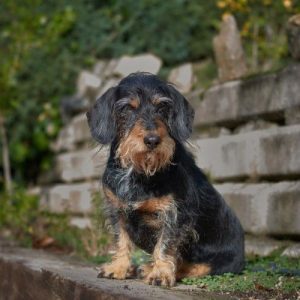
The Patterdale Terrier may be small, but it’s built to perform. Everything about its body reflects its working heritage.
- Weight: Typically 11–13 pounds
- Height: 10–15 inches at the shoulder
- Body: Compact, muscular, narrow chest, long-legged, with powerful jaws
- Coats: Can be smooth, rough, or a mix; always weather-proof and thorn-proof
Their decent length of leg and strong, agile frame make them ideal for rocky, uneven terrain. The coat helps them resist water, cold, and scratches when going down into holes or traversing through brush.
Personality and Temperament
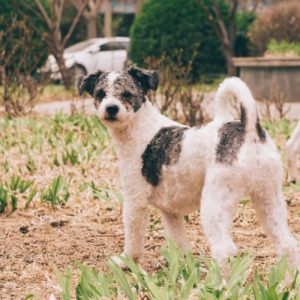
The Patterdale Terrier is a little dog with a big personality. They are best described as:
- Brimming with energy and mischief
- Highly intelligent and quick at decision making
- Extremely loyal and protective of their family
- Confident, with a strong prey drive
- Often a challenge to train due to their independence
Their lightning-fast reflexes and boldness come from generations of hunting instinct. They’re the type of dog who doesn’t back down and is always ready for action.
Living with a Patterdale
Living with a Patterdale Terrier isn’t for everyone, but for the right person, they’re an amazing pet. They thrive in homes where they have space to run, tasks to complete, and owners who are experienced and consistent.
Ideal environments:
- Homes with fenced yards
- Active owners who love outdoor activities
- Households without small animals (due to prey drive)
- Families who understand working-dog behavior
What to expect:
- Very entertaining and engaging
- Needs lots of attention and physical/mental stimulation
- May be aggressive toward smaller animals if not trained early
Training and Socialization

Patterdales are smart but strong-willed. Training them requires patience, consistency, and a lot of rewards-based methods.
Tips for training a Patterdale:
- Begin training and socialization early (preferably as a puppy)
- Use positive reinforcement techniques
- Keep training sessions short and engaging
- Establish clear boundaries from day one
- Give them tasks or jobs to satisfy their working nature
Socializing your Patterdale is just as important. Expose them to different people, dogs, and settings while they’re young to reduce aggressive or fearful behavior later in life.
Exercise and Mental Stimulation
Because of their history as working-dogs, Patterdales require significant physical and mental activity to stay healthy and happy.
Exercise needs:
- At least 1–2 hours of physical exercise daily
- Activities like hiking, agility courses, and fetch
- Puzzle toys or scent games to engage their minds
Without proper exercise, Patterdales can become bored, destructive, or even depressed.
Health and Lifespan
Patterdale Terriers are generally healthy dogs, but like all breeds, they are prone to certain conditions.
Common health concerns:
- Lens luxation
- Hip dysplasia
- Skin allergies
Average lifespan: 12–15 years
Routine vet visits, a nutritious diet, and plenty of exercise will help ensure a long, healthy life.
Grooming and Maintenance
One of the benefits of owning a Patterdale is their low grooming needs. Despite their rugged lifestyle, these dogs are fairly easy to maintain.
Grooming tips:
- Brush once a week (more for rough or mixed coats)
- Trim nails monthly
- Clean ears regularly
- Brush teeth several times a week
Is the Patterdale Right for You?
A Patterdale Terrier is not a laid-back lapdog. They require commitment, energy, and strong leadership. But if you’re up for the challenge, you’ll gain a loyal friend for life.
Ask yourself:
- Do I have the time and energy to exercise and train this dog?
- Am I prepared to deal with a strong prey drive?
- Can I offer a structured, active lifestyle?
If your answer is yes, the Patterdale may be your ideal companion.
Final Thoughts
From the fells of England to homes around the world, the Patterdale Terrier remains one of the most loyal, brave, and energetic dog breeds. They are a living piece of working-dog history, and for the right owner, they’re not just pets, they’re family.
Whether you’re out hunting, hiking, or just enjoying a walk in the park, your Patterdale will be right there beside you alert, happy, and ready for action.
Frequently Asked Questions (FAQs)
Q1. What is a Patterdale dog breed known for?
Patterdale Terriers are known for their loyalty, high energy, and strong hunting instincts. They are small but tough dogs originally bred for fox hunting in England.
Q2. Are Patterdale dogs good family pets?
Yes, they can be great family pets if given proper training and socialization. They are affectionate with their owners but may be wary of strangers or other pets.
Q3. Do Patterdale Terriers bark a lot?
Yes, they can be quite vocal, especially if they are bored or see something unusual. Early training helps manage their barking behavior.
Q4. How much exercise does a Patterdale need?
Patterdales are high-energy dogs that need at least one hour of intense activity daily, including walks, play, or agility training.
Q5. Are Patterdale dogs easy to train?
They are intelligent but also stubborn, so consistent, positive training from an early age is important.
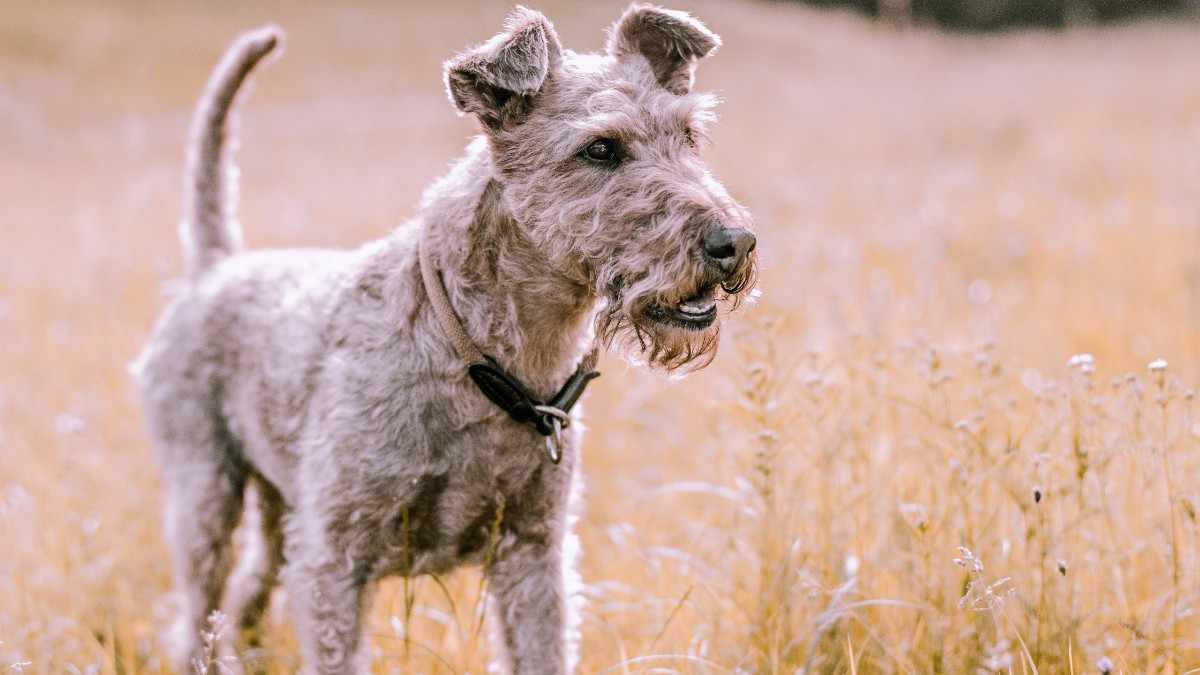
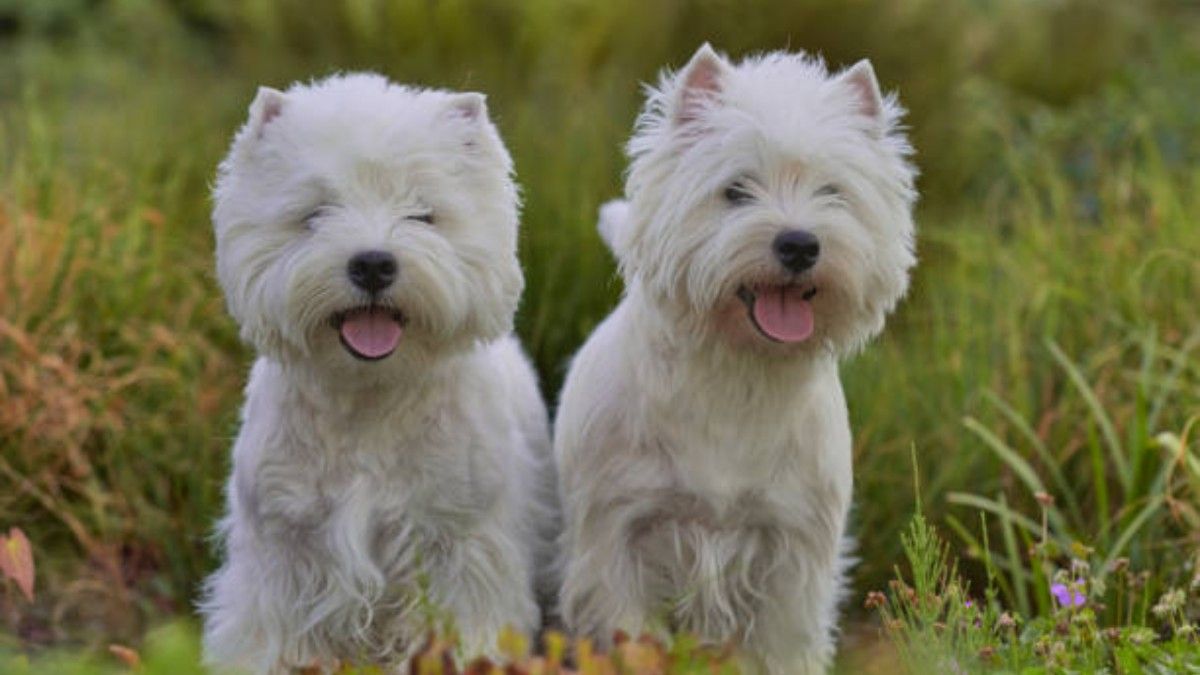
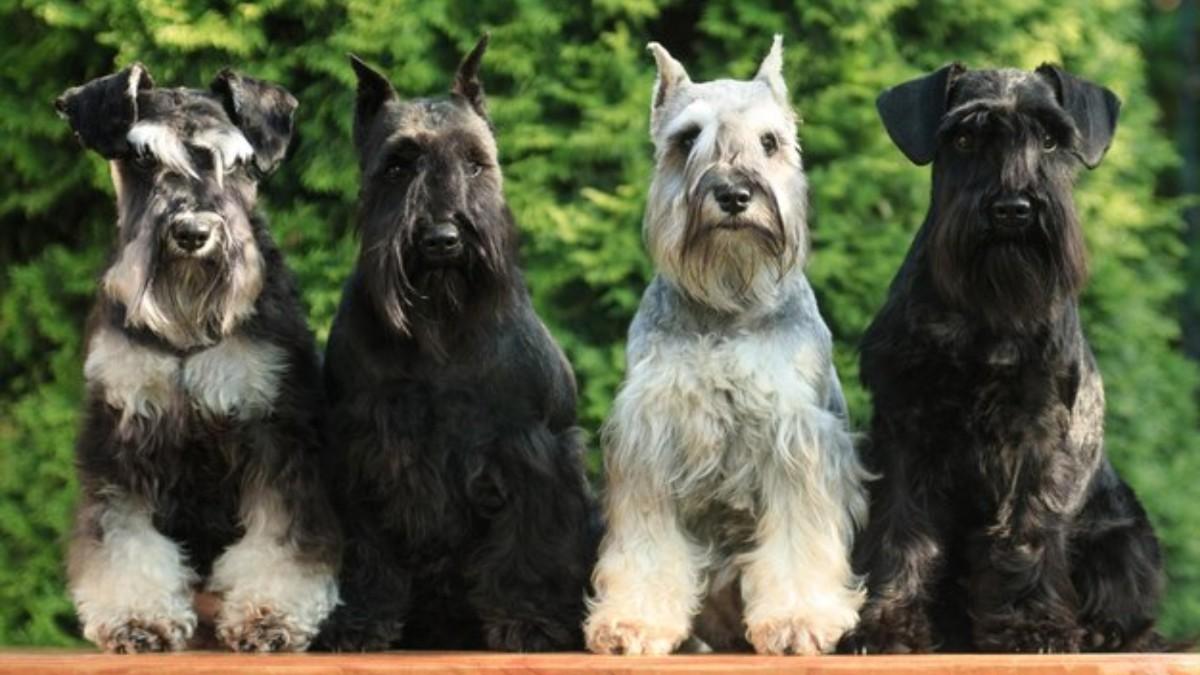
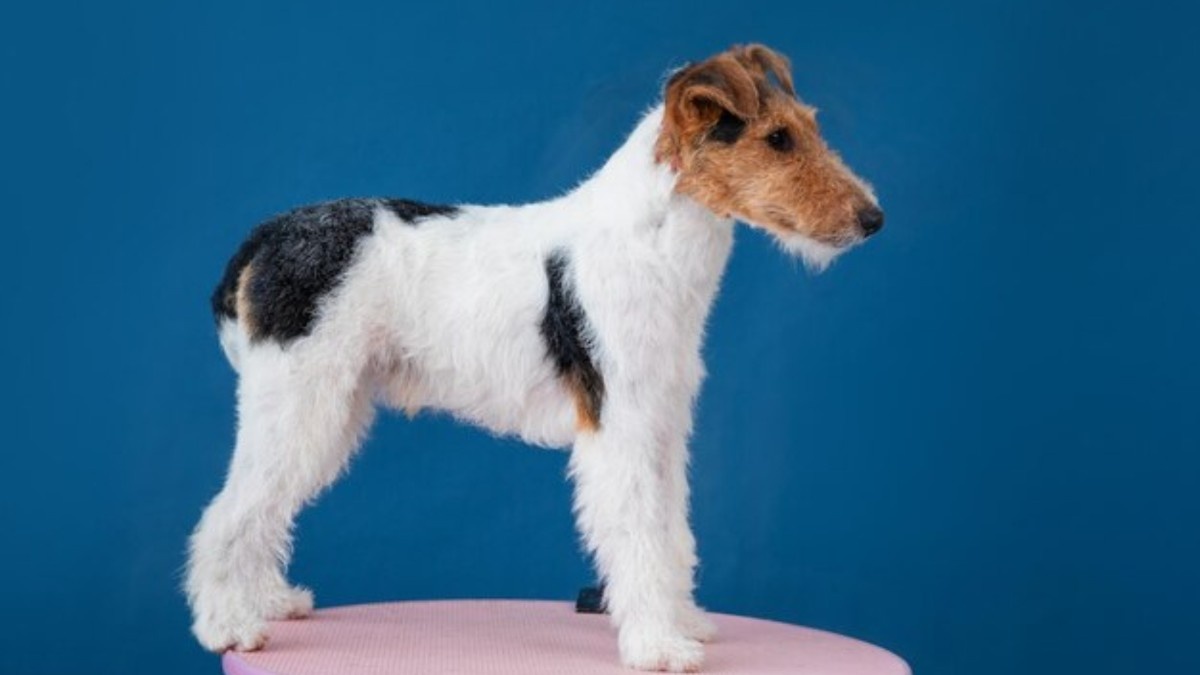
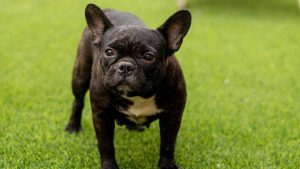
Post Comment